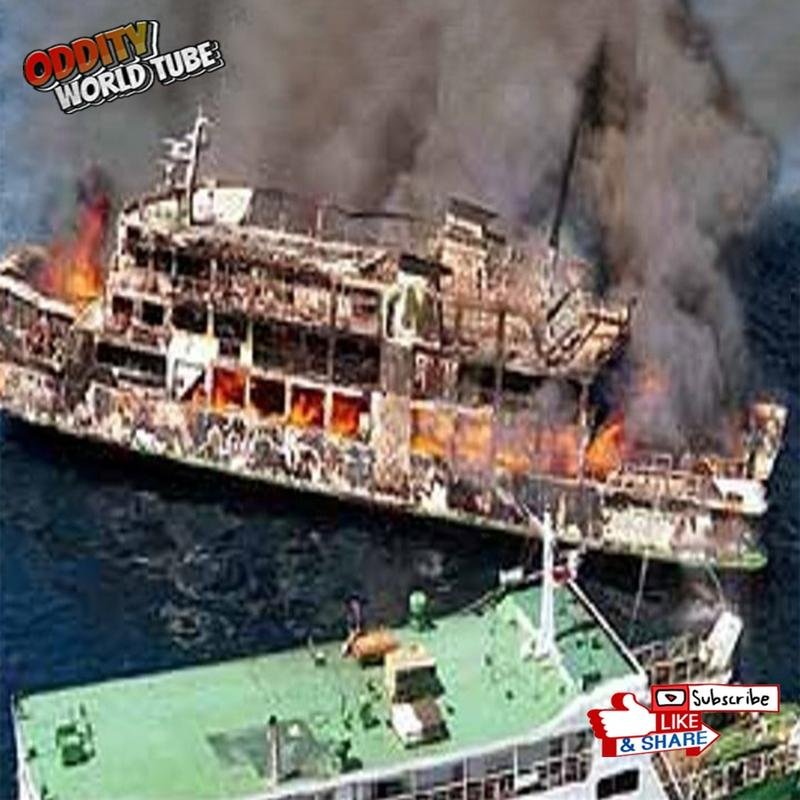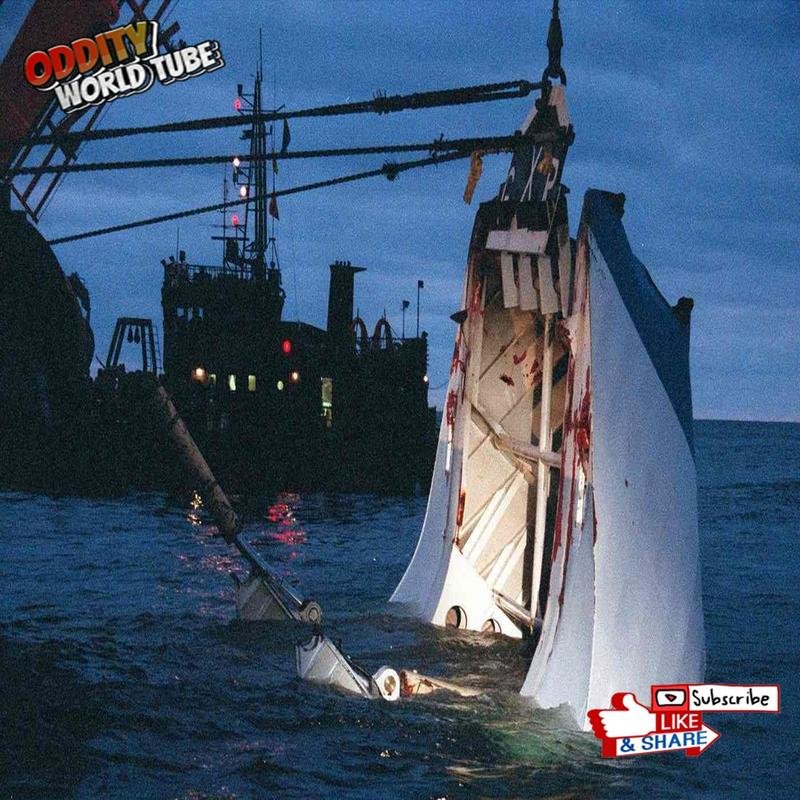The Dona Paz Disaster: A Shocking Truth 🚢 Over 4000 Victims 🔍 #Philippines #Disasters #Investigation

Dona Paz Disaster: History’s Deadliest Maritime Tragedy
The sinking of the Dona Paz ferry in 1987 remains the deadliest peacetime maritime disaster in history, a profound tragedy etched into the Philippine consciousness and a stark reminder of the critical need for robust maritime safety standards.
The Collision
On December 20, 1987, the Dona Paz, owned by Sulpicio Lines, collided with the oil tanker Victor in the waters between Leyte and Mindoro. En route from Leyte to Manila, the ferry carried an estimated 4,300 passengers—far exceeding its authorized capacity of 1,518. This extreme overcrowding, coupled with other contributing factors, exacerbated the catastrophic consequences of the collision.
The Aftermath
The collision with the Victor, carrying approximately 8,800 barrels of petroleum products, occurred late at night. Reports indicate the ferry’s captain was watching television, with no officer on watch. A subsequent fire engulfed both vessels, causing widespread panic. Numerous passengers jumped into the burning sea, lacking life vests and confronted by a critical shortage of lifeboats. Rescue teams arrived more than eight hours later, by which time the Dona Paz had completely sunk.
The Loss of Life
At least 4,386 lives were lost, with only 26 passengers and a few members of the Victor’s crew surviving. The victims included a significant number of women and children, many returning home for the Christmas holidays. A formal investigation revealed a series of negligent acts and omissions. The ferry was dangerously overcrowded, its crew inadequately trained for emergency situations, and the Victor was operating without a valid license, its crew similarly unqualified.
The Aftermath and Reforms
Public outcry prompted the Philippine government to implement stricter maritime safety regulations. Passenger capacity limits were reduced, crew training enhanced, and vessel inspections intensified. However, maritime accidents continue to occur in the Philippines due to factors such as severe weather, negligence, and corruption.
A Lasting Legacy
The Dona Paz tragedy continues to inflict profound emotional suffering. Families mourn their losses, and the memory of this devastating event serves as a potent annual reminder of the paramount importance of maritime safety. It stands as a stark illustration of the devastating consequences of human negligence, underscoring the imperative need for stringent safety standards, comprehensive crew training, and the prevention of vessel overcrowding. This disaster must serve as a persistent catalyst for global improvements in maritime safety, ensuring that such a tragedy is never repeated.









